Warm Up Your Home: Choosing the Right Winter Window Coverings
Selecting the right winter window coverings is more than just a design decision.
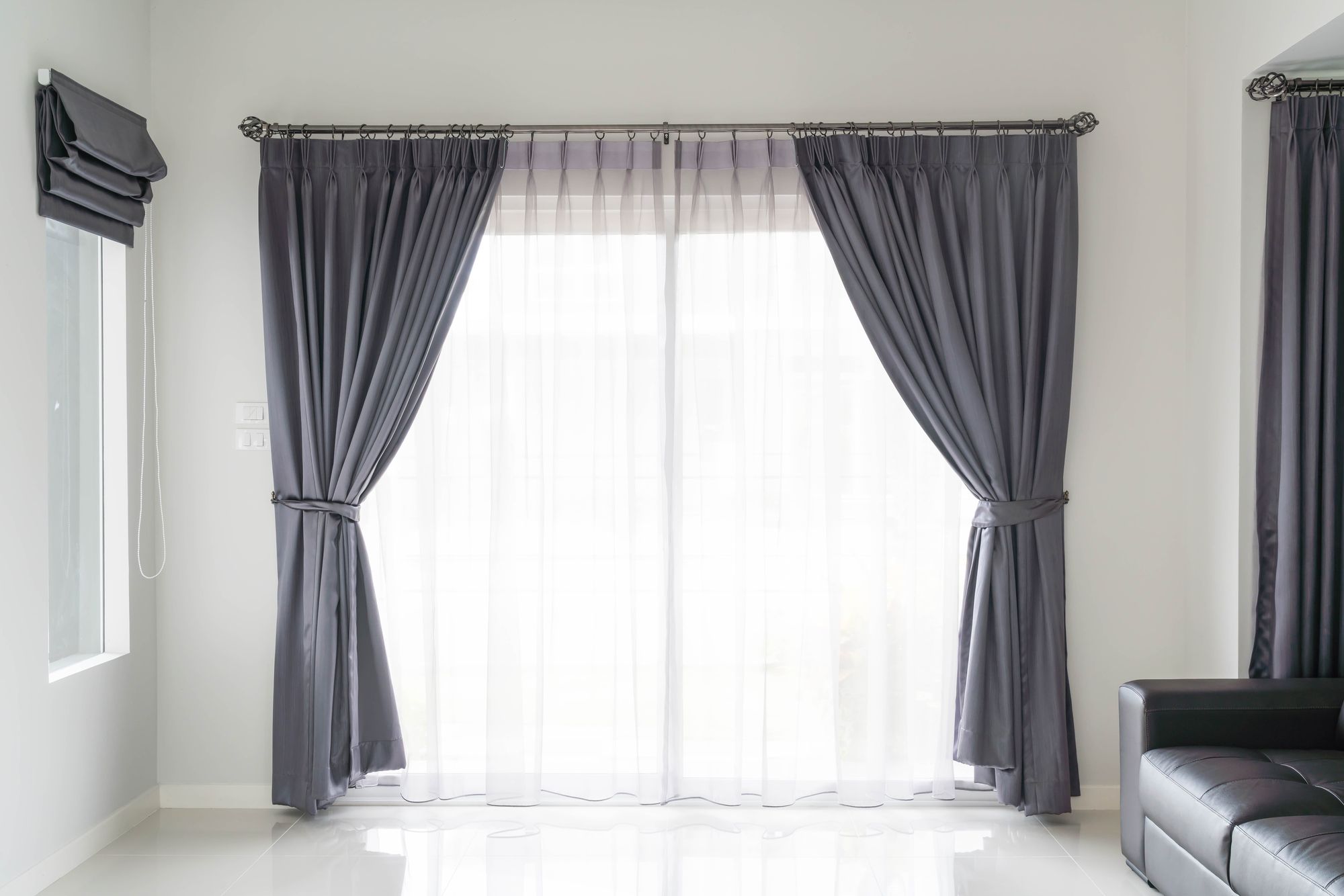
Enhance your home’s warmth and energy efficiency this winter with the perfect window coverings.
As the chill of winter sets in, ensuring a cozy and energy-efficient home becomes paramount. An often overlooked but essential element in this pursuit is the choice of window coverings. Far from being mere decorative items, the right window coverings can dramatically transform your home’s insulation, reduce energy consumption, and significantly cut down heating costs.
In this guide, we’ll delve into various winter window covering options, their benefits, and how to choose the most suitable ones for your home, aligning with SimpleDirect’s mission of empowering consumers to make smart, financially savvy decisions.
The Importance of Winter Window Coverings
Winter window coverings play a pivotal role in maintaining a comfortable home environment during the colder months. Their significance lies not only in their aesthetic appeal but, more importantly, in their functional benefits.
Firstly, they act as excellent insulators. A substantial amount of a home's heat escapes through windows, especially if they are not double-glazed. The right window coverings can effectively trap this heat inside, reducing the need for constant heating and consequently conserving energy. Coverings such as thermal window shades or energy-efficient curtains provide an extra layer of insulation, creating a thermal barrier between the cold glass and your home's interior.
Secondly, by conserving heat, these coverings can substantially reduce energy bills. Heating typically accounts for a significant portion of a home's energy consumption during winter. By minimizing heat loss, winter window coverings can contribute to lower energy use, leading to significant cost savings over the season. This advantage aligns perfectly with SimpleDirect's mission to help consumers make better financial decisions.
Lastly, beyond their practical benefits, window coverings also enhance your home's aesthetic appeal. With a wide variety of styles, colors, and materials available, you can select coverings that complement your interior design while also serving a functional purpose. Options like frost-resistant window decor or snow season curtains can add a touch of winter charm to your space, making it look cozy and inviting.
In conclusion, the importance of winter window coverings extends from improving your home's energy efficiency to enhancing its aesthetic appeal, making them a worthwhile investment for homeowners. By understanding their benefits, you can make an informed decision about the best window coverings for your home, saving energy, reducing costs, and creating a warm, inviting space for you and your family.
Real-life Examples and Testimonials
As we delve into the essence of winter window coverings, it's vital to share the experiences of homeowners who've made the switch.
First, let's hear from Sarah, a mother of three from Illinois. "Last winter was particularly harsh," she begins. "We were losing so much heat through our windows. We decided to invest in insulated cellular shades from SimpleDirect. The difference was immediate. Our home felt much warmer, and we noticed a significant decrease in our energy bills."
Similarly, Mark, a retiree from Maine, shares his experience. "I have old, drafty windows in my home. I was skeptical about how much window coverings could help. But I decided to try thermal drapes suggested by SimpleDirect. I was pleasantly surprised! Not only did they keep the cold out, but they also added a nice aesthetic touch to my rooms."
Lastly, let's hear from the Johnsons, a young couple from Colorado. They installed window film coverings from SimpleDirect. "We love the window films! They were easy to install and they cut down the chill instantly. Plus, they let in plenty of natural light, which is fantastic. SimpleDirect really helped us make a cost-effective choice."
Through these testimonials, it's clear that the right winter window coverings can make a substantial difference. They not only warm up your home but also lead to significant savings in energy costs. At SimpleDirect, we're proud to guide homeowners in making such beneficial decisions.
Breakdown of Window Covering Options
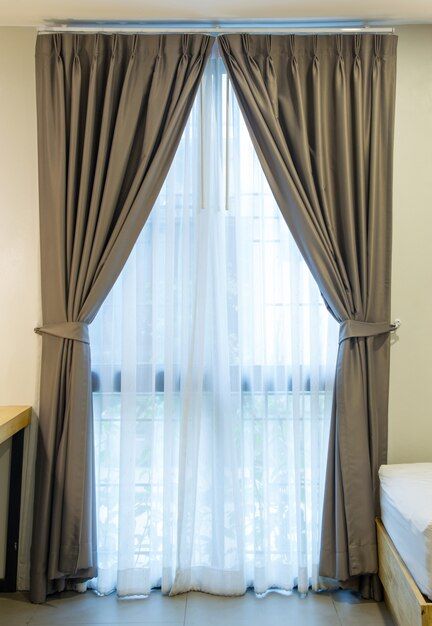
Curtains: Energy-Efficient Curtains for Winter
Energy-efficient curtains are an excellent choice for winter, providing both functional and aesthetic benefits. They are designed with a special thermal lining that acts as a barrier, reducing heat loss through windows, which account for up to 25% of total heat loss in homes. This feature ensures a warmer interior, making them particularly suitable for the colder months.
In terms of aesthetics, these curtains come in a variety of styles, materials, and colors, allowing you to match them with your home decor.
Price-wise, energy-efficient curtains can range from $20 to over $100 per panel, depending on the size, material, and brand. While they may be slightly more expensive upfront, the long-term savings on heating costs make them a cost-effective choice.
In summary, energy-efficient curtains are an investment in comfort, style, and savings during the winter season.
Shades: Thermal Window Shades
Thermal window shades, also known as cellular or honeycomb shades, are a popular choice for heat conservation. They're designed with pockets or 'cells' that trap air, creating a layer of insulation against the window. This design minimises heat loss and reduces energy costs in winter, making them an energy-efficient choice.
In addition to their functional benefits, thermal window shades offer aesthetic versatility. They're available in a wide range of colors, sizes, and opacity levels, allowing you to control the amount of light entering your home while matching your decor.
The cost of thermal window shades can vary, ranging from around $50 to several hundred dollars per window. The price depends on factors such as the size, material, brand, and customisation options. While they may require a higher upfront investment, the energy savings they provide during the cold winter months make them a worthwhile addition to any home.
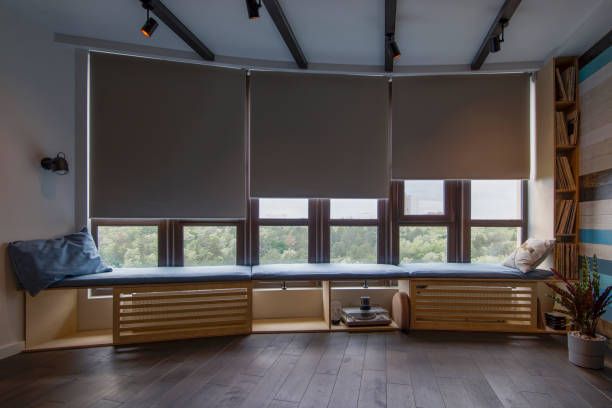
Frost-Resistant Decor: Frost-Resistant Window Decor Options
Frost-resistant window decor refers to window treatments that are designed to withstand cold temperatures and prevent frost formation. This includes options such as thermal curtains, insulated shades, and window films.
These frost-resistant options contribute to a warmer home by providing an additional layer of insulation, reducing heat loss through windows. This helps maintain a consistent indoor temperature, even on very cold days, and reduces the strain on your heating system, resulting in lower energy costs.
The options for frost-resistant window decor are numerous, ranging from low-cost window films that can cost as little as $10 to $20 per window, to higher-end thermal curtains and insulated shades that can range from $50 to several hundred dollars per window. While the upfront cost can vary, the long-term energy savings and added comfort make frost-resistant window decor a valuable investment for the winter season.
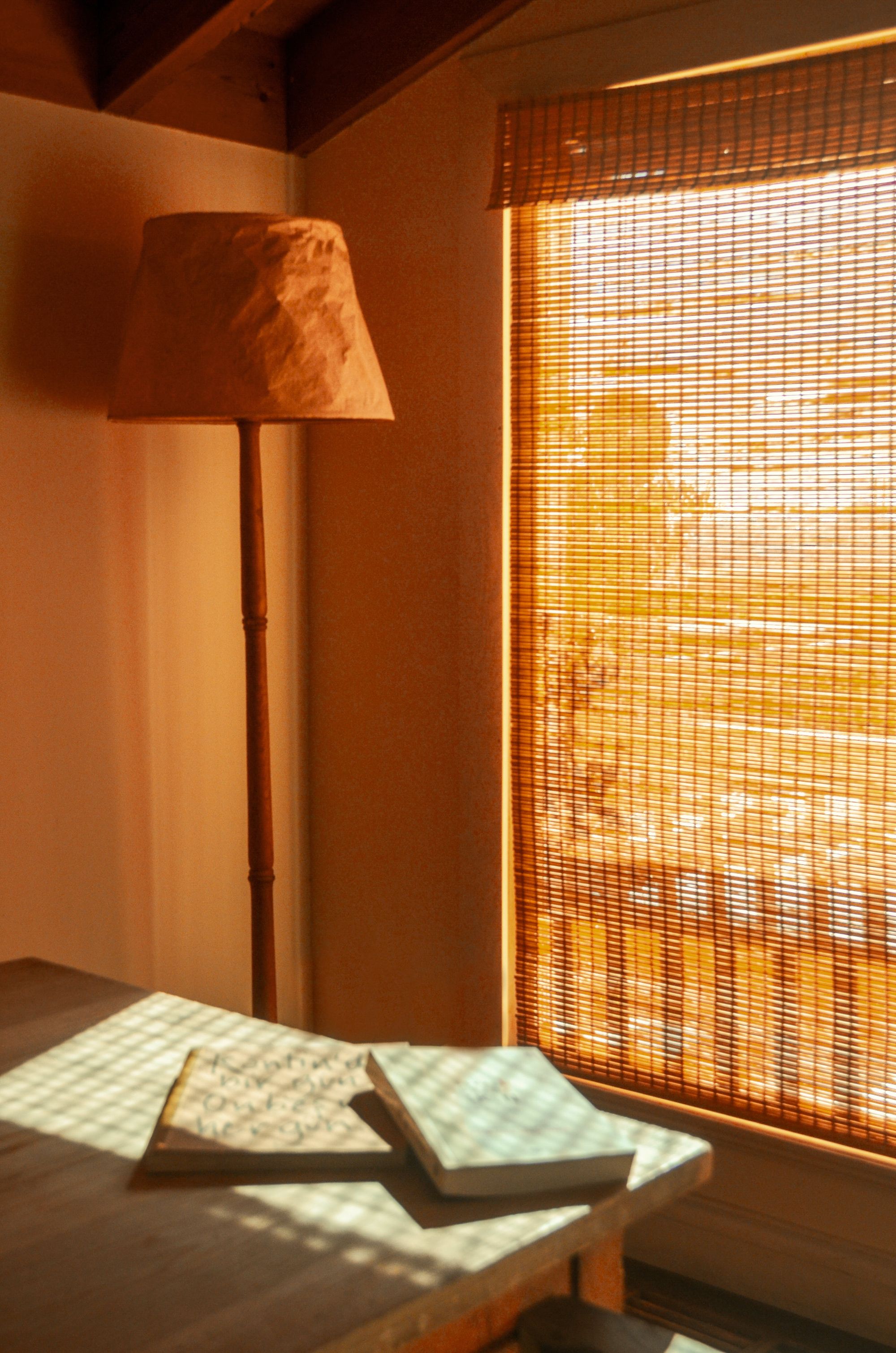
Snow Season Curtains: Snow Season Curtain Options
During the snow season, it's essential to have window coverings that provide insulation to help maintain warmth indoors. Thermal or insulated curtains are particularly well-suited for this purpose. They are designed with a special thermal backing or a layer of foam, helping to reduce heat loss through windows, keep drafts at bay, and even dampen noise.
Blackout curtains are another excellent option. They not only block out light but also provide a level of insulation, making them ideal for the snow season.
These snow season curtains come in various styles, colors, and materials, ensuring they enhance the aesthetic appeal of your interiors while providing functional benefits.
As for pricing, thermal or insulated curtains can range from $20 to over $100 per panel, depending on size, material, and brand. Blackout curtains typically start at around $25 per panel. While these curtains may have a higher upfront cost, the energy savings and increased comfort during the snow season make them a sound investment.
Heat-Saving Coverings: Heat-Saving Window Coverings
Heat-saving window coverings are an essential part of maintaining a warm, energy-efficient home, particularly during colder seasons. They not only serve as a decorative element but also significantly reduce energy costs by preventing heat loss. Here are a few options:
1. Insulated Curtains
Insulated or thermal curtains have a built-in thermal backing that minimizes heat escape, keeping your rooms warmer. They are available in various styles and colors, fitting seamlessly with different decors. Prices range from around $20 to over $100 per panel based on size and design.
2. Cellular Shades
These are known for their unique honeycomb structure that effectively traps air, providing excellent insulation. They're stylish, versatile, and offer different levels of light control. Prices can vary from $50 to $200 per window, depending on size and brand.
3. Blackout Curtains
Besides blocking out almost all light, these curtains provide a reasonable degree of insulation due to their thicker fabric. They are ideal for bedrooms and media rooms and generally start at around $25 per panel.
4. Window Insulation Kits
These are essentially plastic sheets that you can apply to your windows to create an insulating air pocket. They are a lower-cost option, with prices starting as low as $5 to $15 per window.
5. Window Films
These are thin, transparent sheets that adhere to your window glass, reducing heat loss by reflecting heat back into the room. Prices start around $10 to $20 per window.
6. Window Quilts
These are thick coverings that provide a high level of insulation. They are typically custom-made and can range from $100 to $200 per window.
Each of these heat-saving window coverings offers a unique balance of insulation, aesthetics, and cost, making it possible to choose the right solution to meet your specific needs and budget.
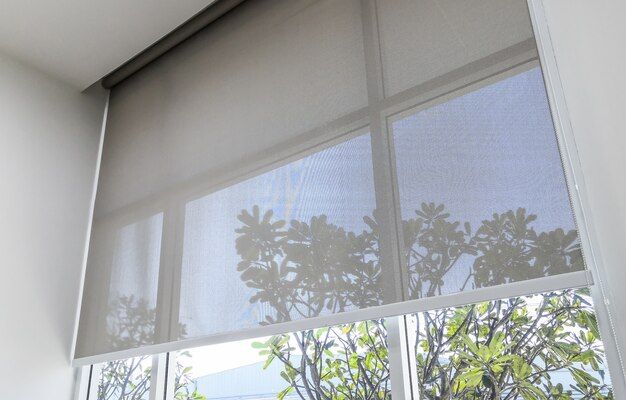
Snow Season Curtain Options
Choosing the right winter window covering is essential for maintaining a warm, comfortable indoor environment. Here are some tips to guide your selection process:
1. Assess Your Home's Insulation
If your home is poorly insulated, consider heavy-duty options like thermal curtains, insulated roman shades, or window quilts. These coverings provide an added layer of insulation, reducing heat loss and keeping your interiors warm.
2. Consider Window Size and Direction
Larger windows or those facing north can lose more heat. For these, consider cellular shades or thermal curtains, which are excellent at preventing heat loss. If your windows receive plenty of sunlight, opt for window films that allow natural light in while keeping the cold out.
3. Personal Style
Your window coverings should not only be functional but also align with your personal style and home decor. From the elegant folds of roman shades to the chic look of cellular shades, there's a range of options to suit every aesthetic.
4. Budget
While some heat-saving window coverings can be more expensive, remember they can lead to significant energy savings over time. Choose the best quality you can afford to maximize efficiency and longevity.
5. Energy Efficiency
All heat-saving window coverings provide some level of energy efficiency, but some, like cellular shades, are particularly effective. Look for energy efficiency ratings when purchasing.
By considering your home's insulation, window size and direction, personal style, budget, and energy efficiency, you can select the ideal winter window covering for your needs.
Practical Advice on Installation and Maintenance
Installing and maintaining your winter window coverings shouldn't be a daunting task. Here's a simple guide to help you:
1. Choosing the Right Coverings
First, understand your needs. If you're trying to retain heat, look for insulating options like cellular shades or thermal drapes. Want to let light in? Consider window film or sheer drapes. SimpleDirect can help you make the right choice based on your specific situation.
2. Installation
Installation varies by type. For cellular shades, you'll need to measure the window, fix brackets, and clip the shade into place. Thermal drapes are even easier: simply hang them on a curtain rod. Window films require a bit more finesse. You'll need to clean your window, cut the film to size, apply a solution, and then carefully apply the film, smoothing out bubbles as you go. Always follow the manufacturer's instructions or reach out to SimpleDirect's team for assistance.
3. Maintenance
Maintenance is key to longevity. Regularly dust your shades or drapes with a duster or vacuum cleaner. For window films, clean with a simple soapy water solution and avoid harsh chemicals that could damage the film.
4. Seasonal Changes
Remember, your winter window coverings may not be ideal for all seasons. Consider changing your coverings as seasons shift to ensure optimal light and temperature control.
By following these simple steps, you can maximize the benefits of your winter window coverings. At SimpleDirect, we're here to help you at every step of the process.
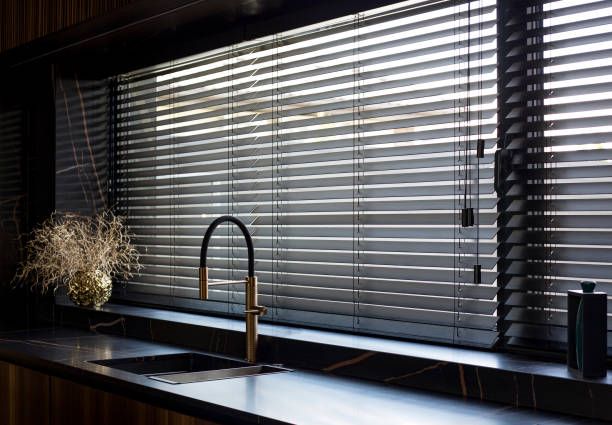
Frequently Asked Questions (FAQ)
Let's move on to the frequently asked questions section:
1. What is the cost of winter window coverings?
The cost varies depending on the type of covering. Cellular shades and thermal drapes can range from $30 to $200 per window, while window films are generally less expensive.
2. How energy efficient are winter window coverings?
Winter window coverings can significantly increase your home's energy efficiency by reducing heat loss. The exact amount depends on the type of covering and the quality of your windows, but some homeowners have reported up to a 20% decrease in energy costs.
3. How durable are these coverings?
With proper care and maintenance, winter window coverings can last for several years. Cellular shades and thermal drapes are particularly durable, while window films may need replacing after a few years.
4. Can I install these coverings myself?
Yes, most winter window coverings are designed for DIY installation. However, if you're not comfortable doing it yourself, SimpleDirect can connect you with professionals who can help. We also provide comprehensive guides to assist you through the process.
Selecting the right winter window coverings is more than just a design decision; it's a practical, cost-effective choice that can enhance your home's comfort and energy efficiency. From insulation to aesthetics, the benefits are clear. As we've seen from real-life testimonials, homeowners are already reaping these rewards.
Whether you're a DIY enthusiast ready to install your coverings or you're looking for professional guidance, SimpleDirect is here to assist. We're committed to aiding homeowners in making smart financial decisions while improving their homes. Explore our services today, and experience the transformation that the right winter window coverings can bring to your home.
Remember, SimpleDirect is here to answer all your questions and help you make informed decisions.
